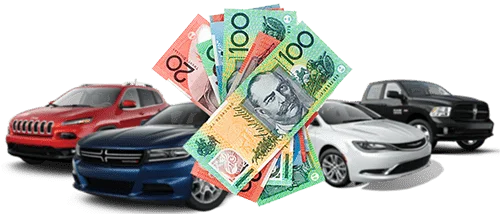Selling an old car might seem like the final step in its life, but what happens after the handover is something many people never think about. Once you sell your car to a removal service, it does not just disappear. Instead, it enters a new process that includes several steps—from transport and inspection to part separation and recycling. This process not only helps the environment but also supports different industries.
The First Step: Pick-Up and Transport
After the deal is made, the car is collected and taken to a yard or holding area. Most removal services manage this part directly, using tow trucks or flatbeds to carry the vehicle. During transport, the car is secured properly to avoid spills or hazards. It is a legal requirement to follow proper procedures while moving vehicles, especially when they no longer run or are damaged.
Once at the yard, the vehicle is checked into the system. Each car is logged with details such as make, model, year, and condition. This information helps in deciding the next steps.
Inspection and Assessment
When the car arrives at the facility, trained workers inspect it thoroughly. This is not just about checking if the car starts or if the tyres are flat. The team looks for usable parts, safety issues, and potential environmental concerns such as leaking fuel or old batteries.
Some parts might still work and can be removed for resale. Others might hold scrap metal value. If the car was involved in an accident or suffered flood damage, this is noted during the check.
Removing Fluids and Hazardous Materials
One of the most important tasks in this process is removing harmful liquids. Cars contain oil, coolant, brake fluid, fuel, and transmission fluid, all of which must be drained before anything else is done. These liquids can cause harm if not handled correctly.
Special tanks and tools are used to collect the fluids. They are stored and then sent to companies that handle waste disposal. Batteries, airbags, and other dangerous items are also taken out safely and stored according to local laws.
Separating Parts
After fluids are removed, the next job is to go through the car and remove anything that still works. This includes the engine, gearbox, alternator, starter motor, mirrors, and seats. These items are cleaned, tested, and stored for sale.
Some parts are sent to auto shops or listed for private buyers. There is a large market for spare car parts, especially for older models that are no longer in production. Reusing these items helps reduce waste and saves other car owners money.
Are you looking for car removal services in Adelaide?
Visit here: https://carremovaladelaide.com.au/mazda-car-removal-adelaide/
Shredding and Recycling the Body
Once all valuable parts are taken out, what remains is the metal shell. This shell is crushed and prepared for recycling. Large machines shred the metal, separating steel, aluminium, and other materials.
These materials are sold to metal processing plants. Steel from cars is often reused in construction, shipbuilding, and even new car production. This step is key to reducing the amount of waste that ends up in landfills.
According to the Australian Bureau of Statistics, over 90% of the materials in a typical car can be recycled. This makes old vehicles one of the most reused products in the country.
How the Process Helps the Environment
This method of handling old vehicles plays a big role in protecting nature. Removing and disposing of harmful substances correctly stops them from entering soil and water. Reusing parts cuts down on new production, which lowers energy use and carbon emissions.
Recycling metal also uses less energy than mining and refining new metal. In this way, car removal services support a cleaner and more responsible way of handling waste.
A Local Example That Gets It Right
Not all areas offer the same level of service when it comes to removing old vehicles. In some parts of South Australia, finding the right people for the job makes a big difference. If you live near the southern suburbs, car removal Lonsdale provides a way to deal with unused cars without delay. They handle vehicles in all conditions and make sure the process meets local rules. Selling an old car through such a channel not only clears space but also supports a system that respects both people and nature.
The Final Product: A Rebirth
What begins as a rusty old car with no future often ends up as something useful once more. Parts find new homes. Metal becomes part of new structures or products. Even damaged items serve a purpose by showing others what not to repeat in design or use.
For the seller, the story ends with a cash payment. For the car, however, it marks a new beginning—one that touches many hands and serves many uses.


